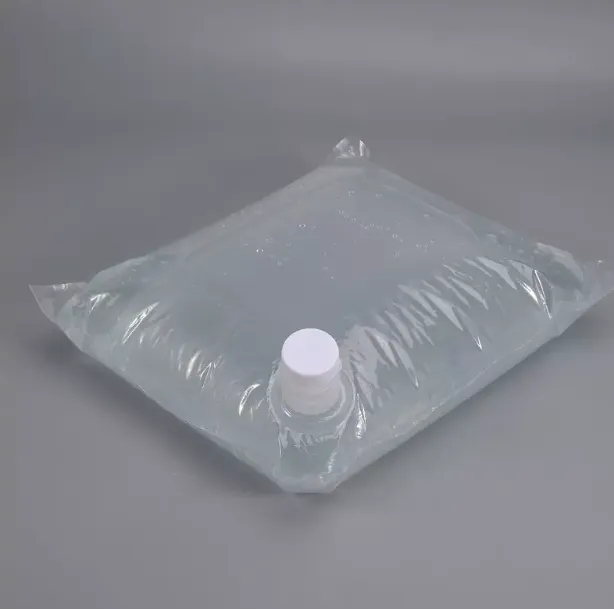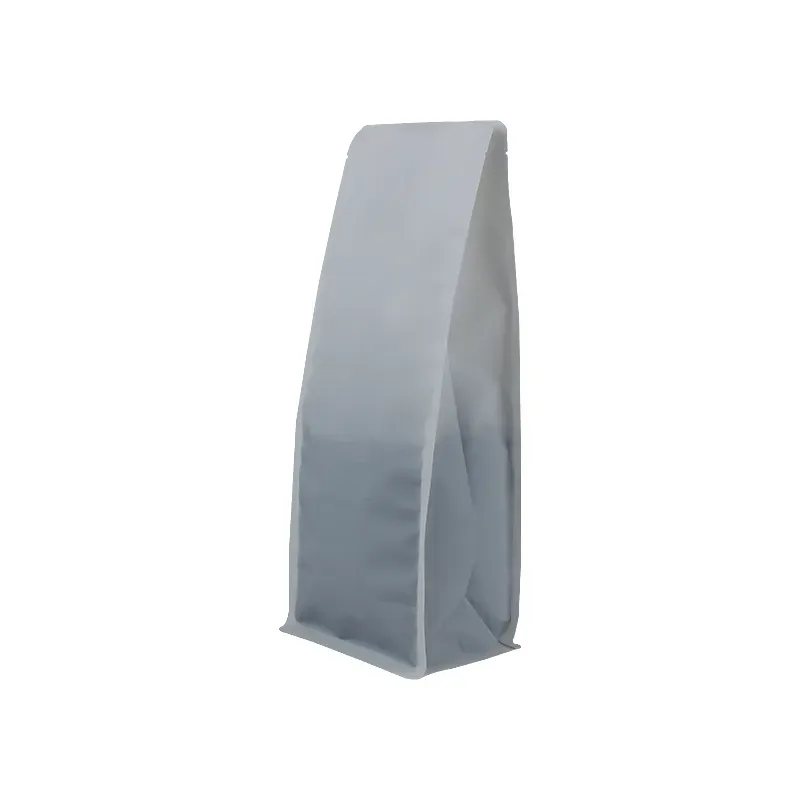Email: enid@bc-pak.com
Tel: 86-757- 88811186
- Afrikaans
- Albanian
- Amharic
- Arabic
- Armenian
- Azerbaijani
- Basque
- Belarusian
- Bengali
- Bosnian
- Bulgarian
- Catalan
- Cebuano
- chinese_simplified
- chinese_traditional
- Corsican
- Croatian
- Czech
- Danish
- Dutch
- English
- Esperanto
- Estonian
- Finnish
- French
- Frisian
- Galician
- Georgian
- German
- Greek
- Gujarati
- haitian_creole
- hausa
- hawaiian
- Hebrew
- Hindi
- Miao
- Hungarian
- Icelandic
- igbo
- Indonesian
- irish
- Italian
- Japanese
- Javanese
- Kannada
- kazakh
- Khmer
- Rwandese
- Korean
- Kurdish
- Kyrgyz
- Lao
- Latin
- Latvian
- Lithuanian
- Luxembourgish
- Macedonian
- Malgashi
- Malay
- Malayalam
- Maltese
- Maori
- Marathi
- Mongolian
- Myanmar
- Nepali
- Norwegian
- Norwegian
- Occitan
- Pashto
- Persian
- Polish
- Portuguese
- Punjabi
- Romanian
- Russian
- Samoan
- scottish-gaelic
- Serbian
- Sesotho
- Shona
- Sindhi
- Sinhala
- Slovak
- Slovenian
- Somali
- Spanish
- Sundanese
- Swahili
- Swedish
- Tagalog
- Tajik
- Tamil
- Tatar
- Telugu
- Thai
- Turkish
- Turkmen
- Ukrainian
- Urdu
- Uighur
- Uzbek
- Vietnamese
- Welsh
- Bantu
- Yiddish
- Yoruba
- Zulu
different types of pouch packaging
Views :
Update time : Jan . 20, 2025 02:52
Pouch packaging has emerged as a revolutionary solution, offering a diverse range of benefits and applications across various industries. Its versatility has made it a preferred choice for many companies looking to enhance product appeal and functionality. Here, we delve into the different types of pouch packaging, examining their design, material composition, and ideal usage scenarios, all while highlighting their impact on market dynamics and end-user satisfaction.
Vacuum pouches maintain product freshness by removing air from the package. This type of packaging is highly effective for products susceptible to spoilage, such as coffee, meats, and dried fruits. By minimizing oxygen exposure, vacuum pouches drastically slow down oxidation processes, preserving taste and aroma while extending shelf life. The increased demand for fresh, minimally processed foods has solidified vacuum pouches as a crucial element in food preservation. Children’s products and specialty goods often require child-resistant pouches, which incorporate mechanisms to prevent opening by young children while remaining convenient for adults. These are essential for packaging products like pharmaceuticals, cannabis products, and certain household chemicals. The development of child-resistant pouches involves rigorous testing and certification to meet safety standards, ensuring that they provide effective protection. Innovations in pouch packaging also include holographic and digitally printed pouches, which offer unique marketing opportunities. By utilizing advanced printing technologies, companies can create eye-catching designs that stand out on shelves, engage consumers, and communicate brand values effectively. This customization capability allows brands to respond quickly to market trends, seasonal promotions, and customer preferences. Choosing the right type of pouch packaging requires an understanding of product needs, market demands, and regulatory requirements. Whether the focus is on extending shelf life, enhancing convenience, ensuring safety, or reducing environmental impact, each pouch type offers distinct advantages. Collaborating with experienced packaging experts can provide valuable insights into material selection, design optimization, and cost-efficiency, helping brands make informed decisions. In conclusion, the diversity in pouch packaging options allows businesses across sectors to adopt solutions that align with their product specifications, marketing strategies, and sustainability goals. Staying attuned to evolving consumer expectations and technological advancements, pouch packaging continues to evolve, offering innovative and reliable ways to package, protect, and market products effectively.


Vacuum pouches maintain product freshness by removing air from the package. This type of packaging is highly effective for products susceptible to spoilage, such as coffee, meats, and dried fruits. By minimizing oxygen exposure, vacuum pouches drastically slow down oxidation processes, preserving taste and aroma while extending shelf life. The increased demand for fresh, minimally processed foods has solidified vacuum pouches as a crucial element in food preservation. Children’s products and specialty goods often require child-resistant pouches, which incorporate mechanisms to prevent opening by young children while remaining convenient for adults. These are essential for packaging products like pharmaceuticals, cannabis products, and certain household chemicals. The development of child-resistant pouches involves rigorous testing and certification to meet safety standards, ensuring that they provide effective protection. Innovations in pouch packaging also include holographic and digitally printed pouches, which offer unique marketing opportunities. By utilizing advanced printing technologies, companies can create eye-catching designs that stand out on shelves, engage consumers, and communicate brand values effectively. This customization capability allows brands to respond quickly to market trends, seasonal promotions, and customer preferences. Choosing the right type of pouch packaging requires an understanding of product needs, market demands, and regulatory requirements. Whether the focus is on extending shelf life, enhancing convenience, ensuring safety, or reducing environmental impact, each pouch type offers distinct advantages. Collaborating with experienced packaging experts can provide valuable insights into material selection, design optimization, and cost-efficiency, helping brands make informed decisions. In conclusion, the diversity in pouch packaging options allows businesses across sectors to adopt solutions that align with their product specifications, marketing strategies, and sustainability goals. Staying attuned to evolving consumer expectations and technological advancements, pouch packaging continues to evolve, offering innovative and reliable ways to package, protect, and market products effectively.
Recommend products
Read More >>
Related News
Read More >>













